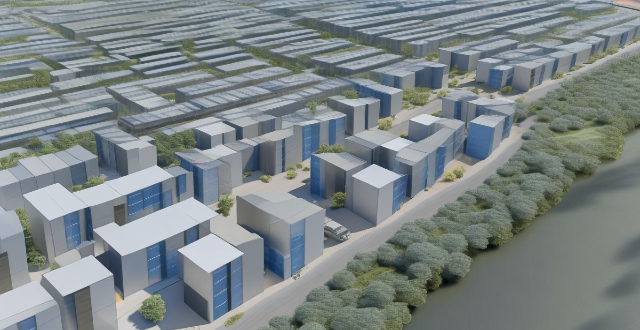Compressed air energy storage (CAES) is a promising technology that has the potential to revolutionize the way we store and use energy. Key points about its future potential include increased efficiency and scalability, low cost and long lifespan, environmental benefits, and integration with other technologies. CAES systems can be scaled up or down depending on the amount of energy storage required and offer good value for money over their lifetime. They also have a long lifespan, typically lasting 20 years or more with proper maintenance. Additionally, CAES systems can help reduce carbon emissions by using renewable energy sources such as wind and solar. Finally, they can stabilize the grid during peak demand periods and be combined with other forms of energy storage to create hybrid systems that offer even greater flexibility and efficiency.

The Future Potential of Compressed Air Energy Storage (CAES)
Compressed air energy storage (CAES) is a promising technology that has the potential to revolutionize the way we store and use energy. CAES systems work by compressing air and storing it in underground reservoirs or above-ground containers. When energy is needed, the compressed air is released and used to generate electricity. Here are some key points about the future potential of CAES:
Increased Efficiency and Scalability
- Efficiency: As technology advances, CAES systems are becoming more efficient at converting stored energy into usable power. This means that they can provide a higher percentage of their stored energy when it's needed.
- Scalability: CAES systems can be scaled up or down depending on the amount of energy storage required. This makes them suitable for a wide range of applications, from small residential units to large utility-scale installations.
Low Cost and Long Lifespan
- Low Cost: Compared to other forms of energy storage, such as batteries, CAES has a lower cost per kilowatt-hour of stored energy. This makes it an attractive option for businesses and utilities looking to reduce their energy costs.
- Long Lifespan: CAES systems have a long lifespan, typically lasting 20 years or more with proper maintenance. This means that they offer good value for money over their lifetime.
Environmental Benefits
- Renewable Energy: CAES systems can be combined with renewable energy sources, such as wind and solar, to provide a reliable source of power even when the sun isn't shining or the wind isn't blowing.
- Reduced Carbon Emissions: By using CAES instead of fossil fuels, carbon emissions can be significantly reduced, helping to combat climate change.
Integration with Other Technologies
- Grid Stability: CAES systems can help stabilize the grid by providing a reliable source of power during peak demand periods or when there are fluctuations in supply.
- Hybrid Systems: CAES can be combined with other forms of energy storage, such as batteries or pumped hydro storage, to create hybrid systems that offer even greater flexibility and efficiency.
In conclusion, the future potential of CAES is significant due to its increased efficiency, scalability, low cost, long lifespan, environmental benefits, and integration with other technologies. As technology continues to advance and more investment is made in this area, we can expect to see even greater adoption of CAES systems around the world.